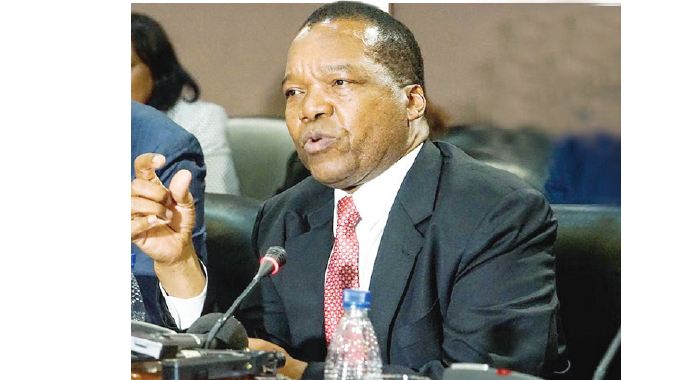Reserve Bank of Zimbabwe launches gold backed digital tokens

Nqobile Bhebhe, [email protected]
The gold-backed digital tokens (GBDT) known as Zimbabwe Gold (ZiG) were yesterday injected in the market as one of the means of payment for domestic transactions, over and above its value-preservation purpose.
Apart from serving as an investment instrument, ZiG is envisaged to bring additional convenience to the country’s payment systems.
The ZiG is a phase for transacting GBDT that were put in place for value preservation purposes.
ZiG is meant to be an additional payment method alongside existing payment platforms such as the Zimbabwe dollar as well as the US dollar among other currencies.
According to the Reserve Bank of Zimbabwe (RBZ), ZiG will complement the local currency and foreign currency in facilitating domestic transactions in a more certain and predictable manner given the stability of the international gold price
Announcing the introduction yesterday, central bank governor, Dr John Mangudya said ZiG will be at par with the value of the physical Mosi-oa-Tunya gold coin and will remain informed by the international gold price
“In line with the resolutions of the Bank’s Monetary Policy Committee at its meeting of 26 September 2023, the Bank wishes to advise that with effect from 5 October 2023, ZIG will become one of the means of payment for domestic transactions, over and above its value-preservation purpose.
“The value of ZiG will be at par with the value of the physical Mosi-oa-Tunya gold coin and will remain informed by the international gold price.
“Banks will maintain dedicated ZiG accounts and intermediate transactions in ZiG in the same way they intermediate transactions in local and foreign currency.”
He noted that the applicable intermediated money transfer tax (IMTT) will be half of the IMTT applicable to transactions in foreign currency and the relevant legal instrument to that effect will soon be published.
The central bank has enlisted the services of external auditors to validate the availability and adequacy of gold to back ZiG at any given time.
In earlier pronouncements, the central bank said ZiG will be used for transactional purposes only in order to ease payments and are not loanable.
Participating banks are expected to enable ZiG in customer accounts, cards and POS transactions as well as online channels.
The cards will hold milligrams reflected in the ZiG account of the holder.
These milligrams will be tradable and capable of facilitating Person-to-Person (P2P) and Person-to-Business (P2B) transactions.
According to the bank, these transactions will be cleared through the National Switch (Zimswitch) and settled on the RTGS system.
Customers who hold physical gold coins can elect to tokenise them and that process can be undertaken through the secondary market.
According to the RBZ, participating banks can, therefore, facilitate where there are investors with gold coins who require ZiG.
ZiG accounts at financial institutions will run alongside the nostro and local currency accounts, the bank said.
The ZiG account will remain in milligrammes and will operate and settle in the same units.
To stabilise the economy after price increases, the central bank first introduced the gold coins as an alternative store of value and they have proven to be a critical monetary policy instrument for mopping up excess liquidity.
Over $35 billion has been mopped up from the sale of 36 059 coins.
To complement the sale of physical gold coins and expand the value-preserving instruments available in the economy, enhance the divisibility of the investment instruments and widen their access and usage by the public, the RBZ introduced gold-backed digital tokens in May this year. They are fully backed by bars of physical gold held by the RBZ.











Comments